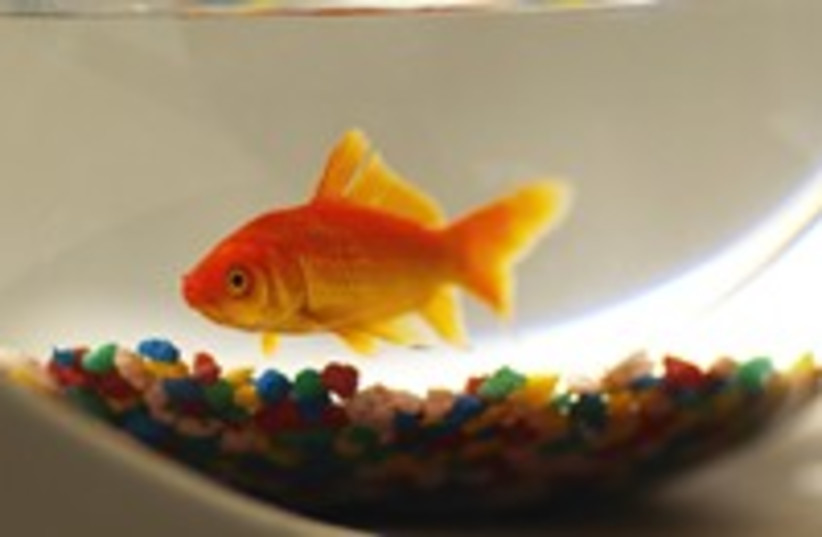The ordinary goldfish (Carassius auratus) that swims round and round in a bowl seems to have a dull existence and not much brainpower, but they are not dumb. Biologists at the University of Oxford in the UK have studied the luminescent fish and found that they show a keen ability to estimate distances.
The neural circuits that underpin spatial navigation in mammals, birds, and reptiles are well known, said Dr. Adelaide Sibeaux who headed the study, “but it was unclear whether similar structures also existed in fish. This knowledge would allow us to build a more cohesive picture of how spatial navigation systems evolved.”
To investigate whether fish have spatial navigation systems similar to land-living species, researchers from the University of Oxford tested whether goldfish could perform a task central to spatial mapping–distance estimation.
Can goldish estimate distance?
Her team, who published their findings recently in Proceedings of the Royal Society B under the title “Distance estimation in the goldfish,” trained nine of them to travel a distance of 70 centimeters within a narrow tank covered with a repeating pattern of vertical stripes every two centimeters. Upon reaching the set distance, the fish were prompted by an external cue to turn around and swim back to the start position.

The researchers then tested whether the fish would swim the same distance if the external cue was removed and the starting position was shifted. They also tested if goldfish would swim the same distance when the background pattern was manipulated.
Eight of the nine goldfish accurately estimated the set distance when the external cue to turn around was removed. On average, the fish swam for a distance of 74 cm and continued to swim the 70 cm. distance even when their start position was shifted 20 or 40 cm forward.
When the background was altered to a pattern of vertical stripes every centimeter to double the frequency of spatial information, the little fish overestimated the distance they traveled by 36%. This meant they turned before reaching the target distance (47.5 cm on average).
The fish swam a slightly shorter distance (65 cm on average) when the background pattern was changed to one of the horizontal lines. They also became more inconsistent in their estimation of distance, showing twice as much variation compared with when the background had a pattern of vertical stripes.
There was no difference in the distance swam when the pattern was changed to a two-centimeter checked pattern, compared with the two-centimeter, vertical-stripes pattern. These two patterns had the same frequency of special information. “This result indicates that it was the change in the frequency of the spatial information that affected the fishes’ distance estimation, and not just a change of pattern,” commented Sibeaux.
How do goldfish estimate distances?
The results indicate that goldfish estimate distances by visually streaming the apparent motion patterns of objects in the environment (called “optic flow”). Many terrestrial species are known to use optic flow to estimate distance, but goldfish appear to process the information differently.
Humans and terrestrial animals like ants, wolf-spiders and honeybees estimate distances by measuring how the angle between their eye and surrounding objects changes as they travel. Goldfish, on the other hand, appear to use the number of contrast changes experienced en route.
“We present robust evidence that goldfish can accurately estimate distance and show that they use optic flow to do so,” concluded Sibeaux. “These results provide a compelling basis to use goldfish as a model system to investigate the evolution of the mechanisms that underpin spatial cognition in vertebrates.”
A similar study led by Dr. Cecilia Karlsson in the same research group recently showed that Picasso triggerfish (Rhinecanthus aculeatus) were also able to accurately estimate distances. The fish reproduced the learned distance of 80 cm with an average underestimate of only four centimeters.
